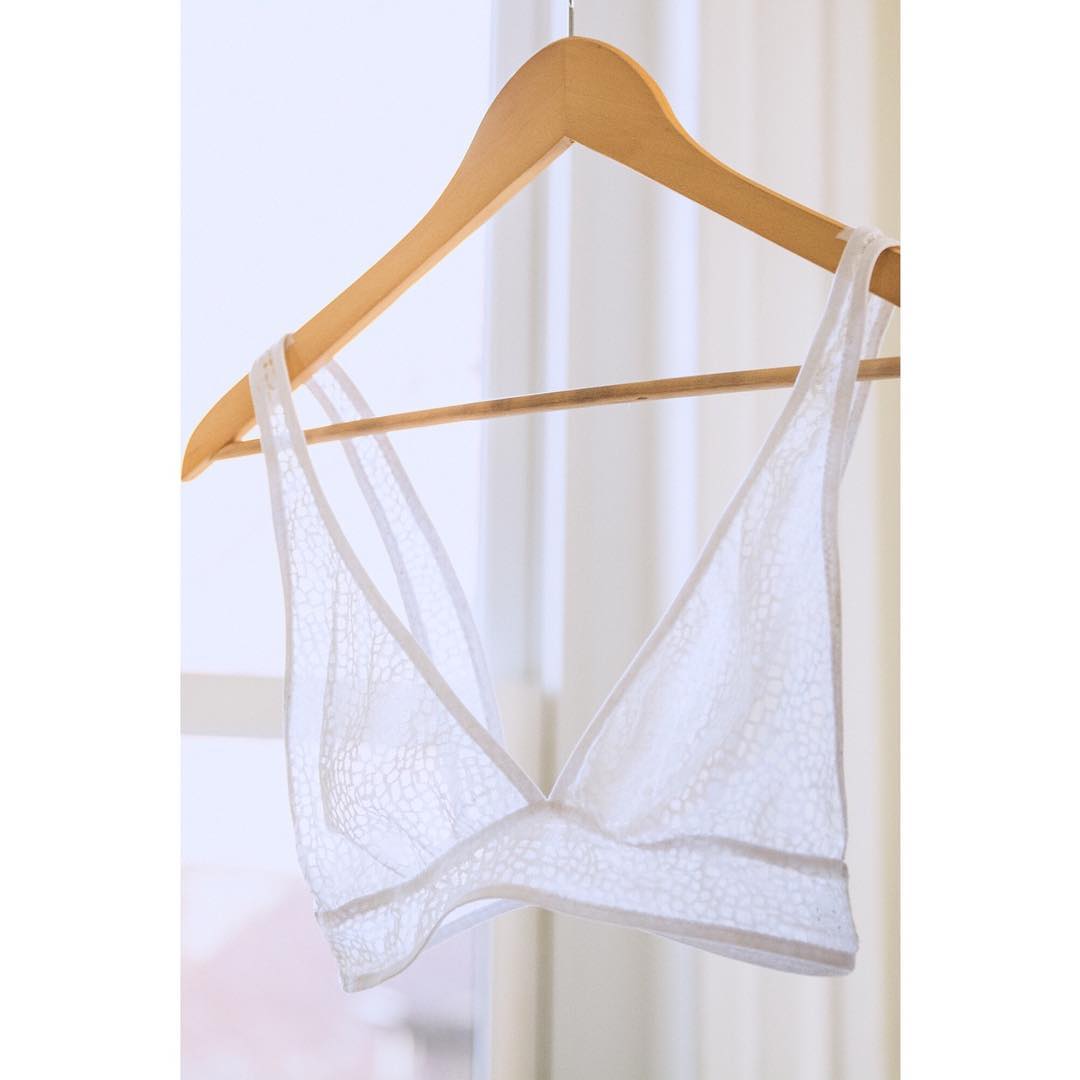By Aimee Chiavaroli
The Standard-Times, New Bedford, Mass.
WWR Article Summary (tl;dr) According to its website, “Underbares” bras are designed with “soft, stretchy elastic — no uncomfortable wires, itchy hooks, or fussy adjustable straps.” Hallelujah!!!!
WASHINGTON, D.C.
Genevieve Gralton didn’t like wearing any of the bras she could find, so she set out to make her own.
When the 27-year-old got home from working at a banking company in New York City, her bra is the first thing she’d fling off. The color didn’t match her skin tone, it was uncomfortable, the wires would leave marks and the fit just wasn’t right.
“And so that’s where the idea for Underbares was born,” Gralton said of the Washington, D.C.-based company she launched on last year’s International Women’s Day (March 8).
Although the company is young and creates one bra style in seven shades and five sizes, it’s been featured in Vogue, Real Simple and Washingtonian. The bra has been shipped as far as Hawaii and Alaska, including to another woman named Genevieve.
Another issue for Gralton was the projection onto women of what beauty and sexuality should be, she said. She found it as either an overly sexualized woman posing most likely for the male gaze or a well-kept pretty woman, usually Caucasian, by a marble countertop.
“It just didn’t resonate,” the Fairhaven native said.
According to its website, Underbares bras are designed with “soft, stretchy elastic — no uncomfortable wires, itchy hooks, or fussy adjustable straps.” They’re 92 percent nylon and 8 percent spandex, and the design is similar to a sports bra.
While working in Washington, D.C., on the weekends she researched pattern makers and manufacturers to work with and cold called them, hoping they’d give her the time of day.
At one point, using a more geometric lace than what’s used now, Gralton said a larger brand came in and bought the rights to it. She went back to her lace supplier, a family-owned business operating in New York and Europe, who offered a lace that’s rarely bought that they were considering discontinuing at a mill in China. It’s the lace Underbares currently uses and owns the rights to.
Gralton sent her friends soft measuring tape to measure themselves and a Google form to figure out if it’s important to them that their garments are made in the U.S., that they know the footprint of the product or if they understand how to measure their band and cup size. Then it was a matter of getting them to try out the bra and give feedback.
She got some pushback from friends and family who tested the bras about it being sheer, but she wanted to go with it.
The company launched with a few hundred bras coming from the Garment District in New York City. About three weeks before the launch, Gralton left her full-time job in D.C.
She also worked with a family-run manufacturer in South Carolina with a lot of established brands. Then a hurricane hit and the facility was shut down, but the weekend before, Gralton managed to move the majority of her fabric out.
Now, Underbares works with Merrow Manufacturing in Fall River, also home to the Merrow Sewing Machine Co. headquarters, and another manufacturer in Lawrence.
The bras are made, then sent to Gralton’s apartment in D.C., otherwise known as Underbares HQ, so she can do a final inspection, package them and mail them to customers. The bras are available for purchase on the company’s website, underbares.com.
“Her growth is really awesome to watch,” said Marie Scibeck, product developer at Merrow who Gralton works closely with on her garments. Like Merrow, Scibeck said Gralton is “passionate about doing domestic manufacturing,” while most people don’t really think about where their clothes are made.
Gralton said she felt it was important to know those making her bras work in safe working conditions, are paid fair wages and have rights.
Scibeck said to make the bras, items are cut and brought to the production floor. Three to five people sew Gralton’s garments together. After workers sew them by machines, they go to the trimming and packaging department for quality control. Then they’re packaged and sent out.
Merrow offers packaging and shipping services, so when Underbares grows, the manufacturer can accommodate that.
This year, Gralton hopes to have underwear to match the bra. She said she’d love to develop a mesh and organic cotton collection. The most popular size is large, she said, with a lot of demand for larger sizes, so the goal is also to expand sizes.
“Women should be able to feel good and have better options on the table,” Gralton said.














































































































































































































































































































































































